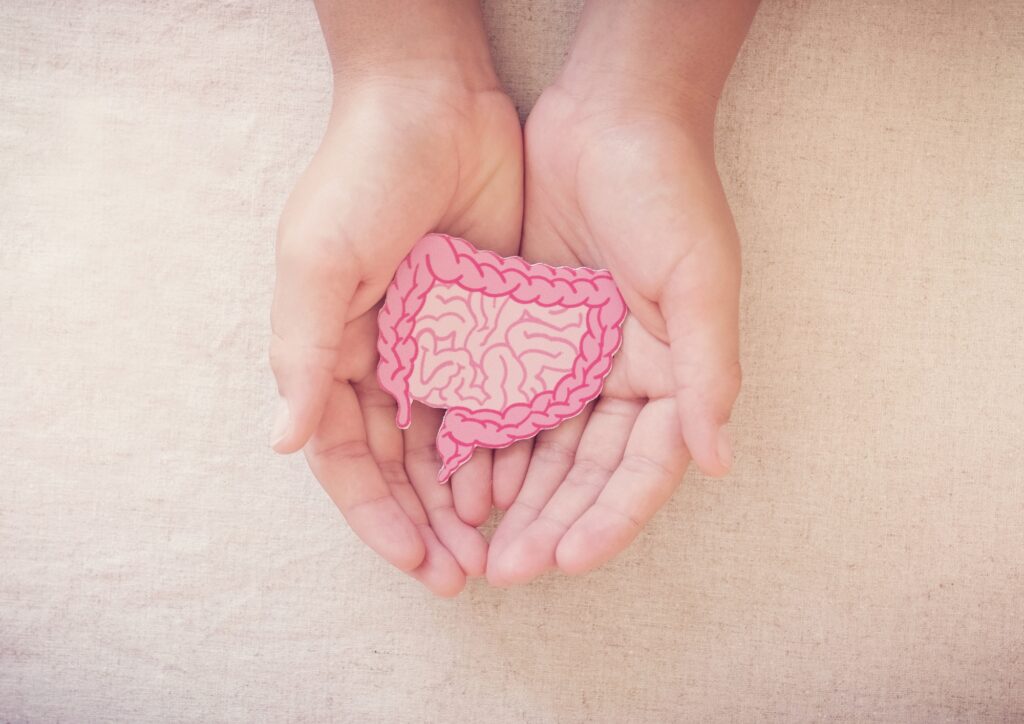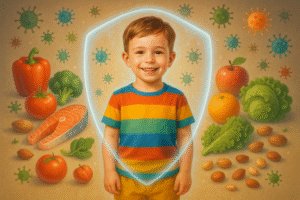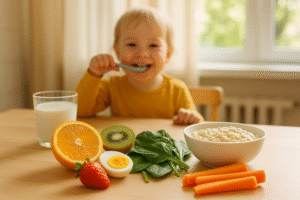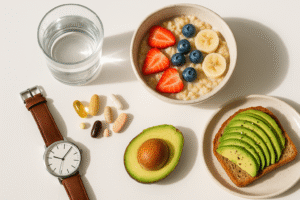Table of Contents
ToggleProbiotics, Prebiotics, and Postbiotics: What’s the Difference?
In recent years, gut health has skyrocketed to the forefront of wellness discussions—and for good reason. Our gut microbiome influences digestion, immunity, metabolism, and even mental health. However, as the world becomes more gut-health-savvy, terms like probiotics, prebiotics, and postbiotics are often thrown around almost interchangeably.
So, what do these terms actually mean? Are they truly different, or are they just marketing jargon? Let’s unpack the truth clearly, simply, and scientifically.
What Are Probiotics?
At their core, probiotics are live microorganisms—primarily bacteria and yeasts—that confer health benefits when consumed in adequate amounts. In other words, think of them as friendly reinforcements for your gut microbiome.
Once inside your digestive system, these good bugs can:
-
Firstly, balance intestinal bacteria, restoring healthy ratios between good and bad microbes.
-
Secondly, outcompete harmful pathogens, preventing them from taking over.
-
Additionally, strengthen immune defenses, training your body to recognize and destroy invaders.
-
Finally, enhance digestion by breaking down fibers and producing beneficial compounds.
Sources of Probiotics Include:
-
Yogurt with live active cultures
-
Kefir (fermented milk drink)
-
Kimchi (spicy fermented cabbage)
-
Sauerkraut (fermented cabbage)
-
Miso (fermented soybean paste)
-
Probiotic supplements
Example strain: Lactobacillus acidophilus—one of the most well-known species for gut support.
In essence, probiotics are like skilled workers that show up to reinforce your digestive “city.”
What Are Prebiotics?
Unlike probiotics, prebiotics are not bacteria themselves. Rather, they are specialized plant fibers that your body can’t digest. Instead, they serve as essential food for the probiotics. Without a steady supply of prebiotics, probiotics would starve and lose their protective power.
In fact, prebiotics pass through your stomach and small intestine intact until they reach the colon, where they ferment and selectively nourish beneficial bacteria.
Top Prebiotic Foods Are:
-
Chicory root (the richest natural source)
-
Garlic
-
Onions
-
Bananas (especially green bananas)
-
Asparagus
-
Whole grains like oats and barley
Most common prebiotic compound: Inulin, a type of soluble fiber.
Simply put, prebiotics are the fertilizer that helps your probiotic “garden” grow lush and strong.
What Are Postbiotics?
Here’s where it gets even more fascinating: Postbiotics are the bioactive compounds created when probiotics digest prebiotics. They aren’t living organisms, but they have incredible health benefits.
Postbiotics include things like:
- Short-chain fatty acids (like butyrate and acetate)
- Lactate
- Bacterial lysates (broken-down parts of bacterial cells)
- Bacteriocins (natural antibacterial compounds)
What Postbiotics Do:
- Strengthen the intestinal barrier, preventing toxins from leaking into the bloodstream.
- Lower inflammation in the gut and throughout the body.
- Regulate the immune response, preventing overreactions like allergies or autoimmunity.
- Enhance metabolic health, helping regulate blood sugar and fat metabolism.
Postbiotics are the final, powerful result—the tools, weapons, and messages that probiotics create to keep your body strong and resilient.
Understanding the Difference
Let’s simplify:
- Probiotics = Live beneficial microbes that enhance gut function.
- Prebiotics = Specialized fibers that feed the probiotics.
- Postbiotics = The beneficial substances made when probiotics digest prebiotics.
Together, they form a harmonious cycle:
Prebiotics feed probiotics, and probiotics create postbiotics.
Each step builds stronger gut health and a stronger you.
Without prebiotics, probiotics wouldn’t thrive. Without probiotics, postbiotics wouldn’t exist. Together, they create a balanced, thriving microbiome that supports your digestion, immunity, mental clarity, and overall vitality.
Final Thoughts
In the world of gut health, there’s no one hero—it’s the symphony of prebiotics, probiotics, and postbiotics working together that leads to true, lasting wellness.
By eating a diet rich in whole, fiber-packed foods, incorporating fermented foods, and supporting your microbiome naturally, you can harness the incredible power of this trio.
You’re not just feeding your body—you’re nurturing an ecosystem within you. And when your gut microbiome is in harmony, your entire body feels the ripple effects: better digestion, stronger immunity, brighter mood, and clearer thinking.
In 2025 and beyond, understanding and supporting your gut health isn’t a passing trend—it’s the key to vibrant, long-term well-being.
FAQs
Can I get all three (prebiotics, probiotics, postbiotics) from food alone?
Yes! A varied, fiber-rich, plant-heavy diet with some fermented foods can cover your needs naturally.
Are postbiotic supplements available?
Yes, postbiotic supplements are emerging as a new category, especially for people who can’t tolerate live probiotics.
Can probiotics work without prebiotics?
They can, but they won’t thrive as effectively. Prebiotics enhance their survival and impact.
How quickly do probiotics start working?
Some people notice improvements within days, but full microbiome shifts can take weeks or months.
Are there side effects to taking probiotics or prebiotics?
Mild bloating or gas can happen initially as your gut adjusts, but these usually subside with time.
Is it better to get probiotics from food or supplements?
Whole fermented foods are excellent, but supplements can provide specific strains in concentrated doses when needed.

Suleiman Atieh, experienced pharmacist specializing in healthcare, patient wellness, safe medication practices, disease management, and supplement guidance.








